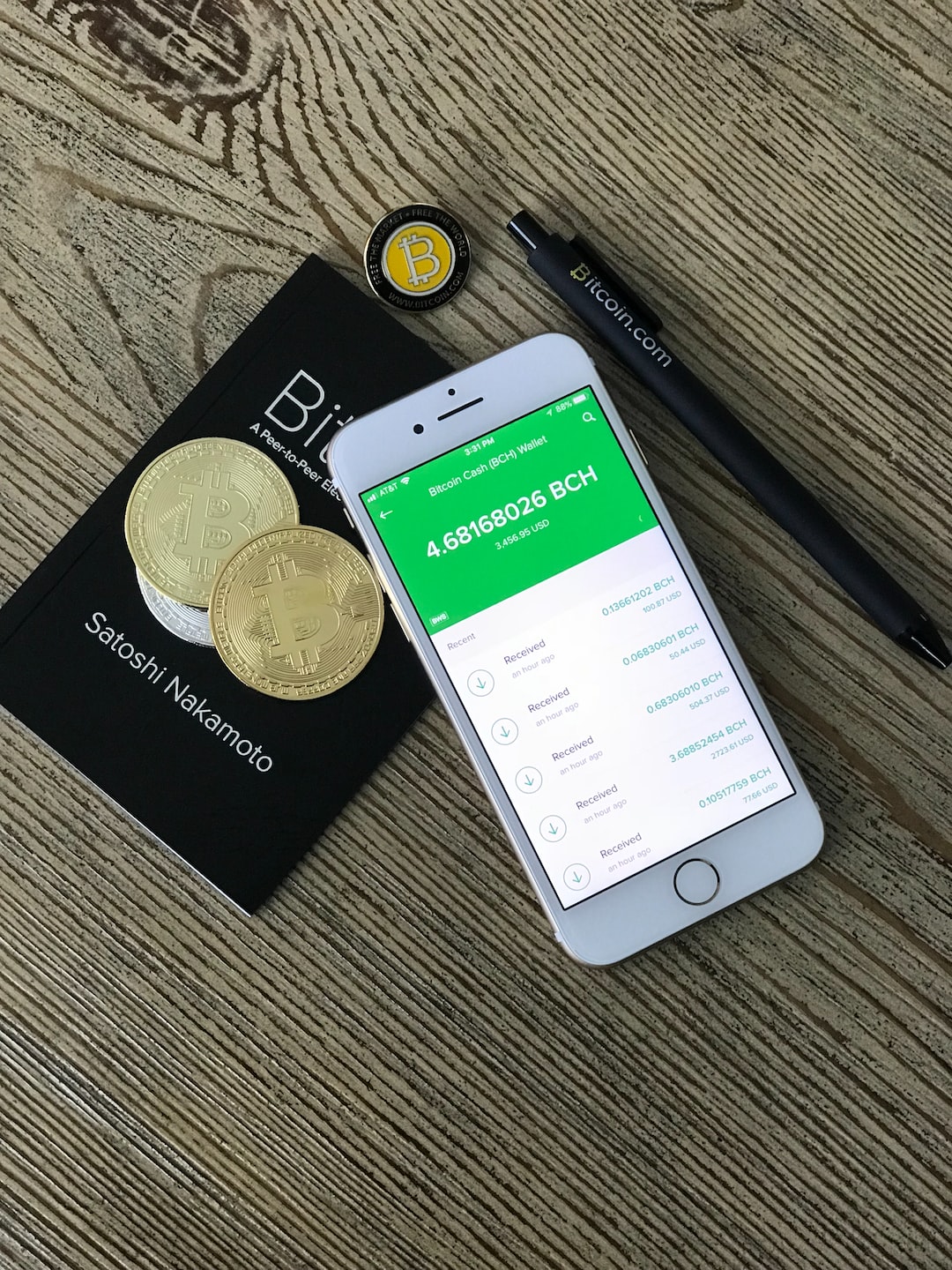Forex trading can be a tricky business, and as a trader, it is essential to determine the market trend in order to make informed decisions about your trades. A trend is a general direction in which a market or an asset is moving, and it can be either an uptrend (bullish) or a downtrend (bearish). In this article, we will explore the different ways to determine forex trend.
1. Moving Averages
Moving averages are one of the most popular tools used by traders to determine the trend. A moving average is simply the average price of an asset over a specified period of time. Traders typically use two moving averages: a short-term moving average and a long-term moving average. When the short-term moving average crosses above the long-term moving average, it is a signal that the trend is bullish. Conversely, when the short-term moving average crosses below the long-term moving average, it is a signal that the trend is bearish.
2. Trendlines
Trendlines are another popular tool used by traders to determine the trend. Trendlines are drawn by connecting the highs or lows of an asset’s price over a specified period of time. When the trendline is sloping upwards, it is a signal that the trend is bullish. Conversely, when the trendline is sloping downwards, it is a signal that the trend is bearish.
3. Price Action
Price action is the study of an asset’s price movement without the use of indicators or other technical analysis tools. Traders who use price action to determine the trend look for patterns in the asset’s price movement, such as higher highs and higher lows in an uptrend, or lower highs and lower lows in a downtrend. Price action traders also pay attention to support and resistance levels, which can help to confirm the trend.
4. Momentum Indicators
Momentum indicators, such as the Relative Strength Index (RSI) and the Moving Average Convergence Divergence (MACD), can also be used to determine the trend. These indicators measure the strength of the market’s momentum, which can help to confirm the trend. When the RSI or MACD is above its signal line, it is a signal that the trend is bullish. Conversely, when the RSI or MACD is below its signal line, it is a signal that the trend is bearish.
5. Chart Patterns
Chart patterns, such as head and shoulders, triangles, and double tops and bottoms, can also be used to determine the trend. These patterns are formed by the asset’s price movement and can provide clues as to the direction of the trend. For example, a head and shoulders pattern is a bearish reversal pattern, which can signal the end of an uptrend and the beginning of a downtrend.
In conclusion, there are several ways to determine the trend in forex trading. Traders can use moving averages, trendlines, price action, momentum indicators, and chart patterns to help them identify the direction of the trend. It is important to remember that no single tool or method is foolproof, and traders should always use multiple methods to confirm the trend before making any trades. By following these guidelines, traders can increase their chances of making profitable trades in the forex market.





